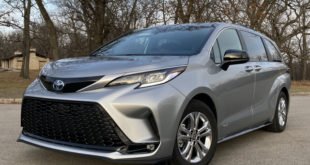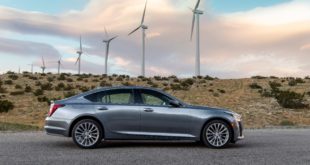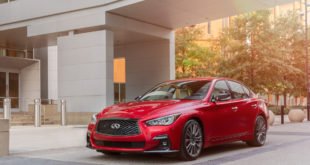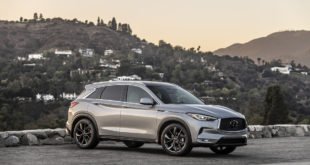
Small cars continue to be the most dangerous type of vehicle for drivers, according to a report released by the IIHS on Thursday.
Small cars and minicars accounted for 15 of the 20 deadliest vehicles for drivers, with the Ford Fiesta having the most driver deaths during the period of the study, from 2015 to 2018.
“Smaller vehicles offer less protection for the driver in crashes, and their lighter mass means that they take the brunt of collisions with larger vehicles,” said Joe Nolan, IIHS senior vice president of vehicle research.
Predictably, full-size SUVs such as the GMC Yukon had the lowest rate of driver deaths in the study. Large SUVs had 15 driver deaths per million registered vehicle years, while minicars topped the other end with 82 driver deaths per million registered vehicle years.
Last conducted three years ago, the study analyzes how many drivers died behind the wheel of 2017 model vehicles or the equivalent. That means 2014 models could have been included in the study as long as the vehicle wasn’t redesigned between then and 2017. Low-selling or boutique vehicles were not included in the study because they didn’t reach a threshold of 100,000 total registered vehicle years or at least 20 deaths.
The vehicles with the highest rate of driver deaths between 2015 and 2018 are the Ford Fiesta with 141, Hyundai Accent (116), Chevy Sonic (98), Nissan Versa Note (96), Fiat 500 (95), Hyundai Elantra and Kia Forte (89), Nissan Versa (88), Kia Rio (87), and the Ford Mustang GT, Hyundai Accent wagon, and Nissan Sentra with 81 driver deaths.
In addition to the physics of small cars, those vehicles are typically entry level cars driven by younger, less experienced drivers. Smaller cars are less expensive and most 2017 models didn’t come with the kind of driver assistance features such as automatic emergency braking that have become standard across many vehicle lineups.
“Looking at 2017, so much of driver assistance technology was just starting to come out,” said Joe Young, spokesman for the IIHS. “We know from the numbers that luxury models have lower death rates than non-luxury models, and luxury vehicles are where that technology comes into play.”
For the first time this year, the IIHS factored in miles driven as well as registrations. When factoring in miles driven, sports cars showed relatively higher death rates.
Then there are the outliers. The Volkswagen Golf had zero driver fatalities per million registered vehicle years, and the Nissan Leaf had only five.
“The Golf is a big question mark,” Young said. “It seems like a statistical anomaly.”
The last time the IIHS conducted this study, in 2017 for model year 2014 vehicles, the Golf ranked in the most dangerous pool with 63 driver fatalities.
The Leaf is easier to explain. The electric vehicle might log fewer high-speed highway miles and more city miles, Young reasoned.
Those vehicles are the exception to the rule, however. Shortcomings of the Ford Fiesta sedan were apparent even before mining all the crash data. It doesn’t have automatic emergency braking and earned a “Marginal” rating on one of the six crash tests performed by the IIHS, which is funded by the insurance industry but functions as an independent nonprofit.
The good news is that automatic emergency braking is becoming standard on most cars, regardless of cost. Most major automakers voluntarily agreed to put automatic braking in 2022 model year vehicles. That technology, as well as systems such as active lane control and blind-spot monitors, is one reason why the NHTSA forecasted traffic fatalities to decrease in 2019 despite an increase in driving, which is part of a three-year overall decline in traffic fatalities.
The IIHS is also seeing strides in safety made thanks to technology.
“We know through analyzing insurance claim data that these technologies are preventing and minimizing crashes and we hope that will continue in all vehicles,” Young said.



